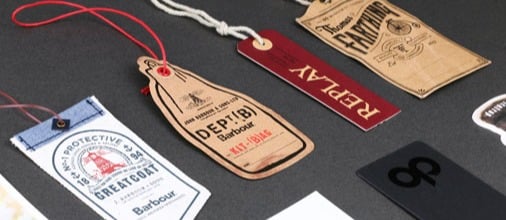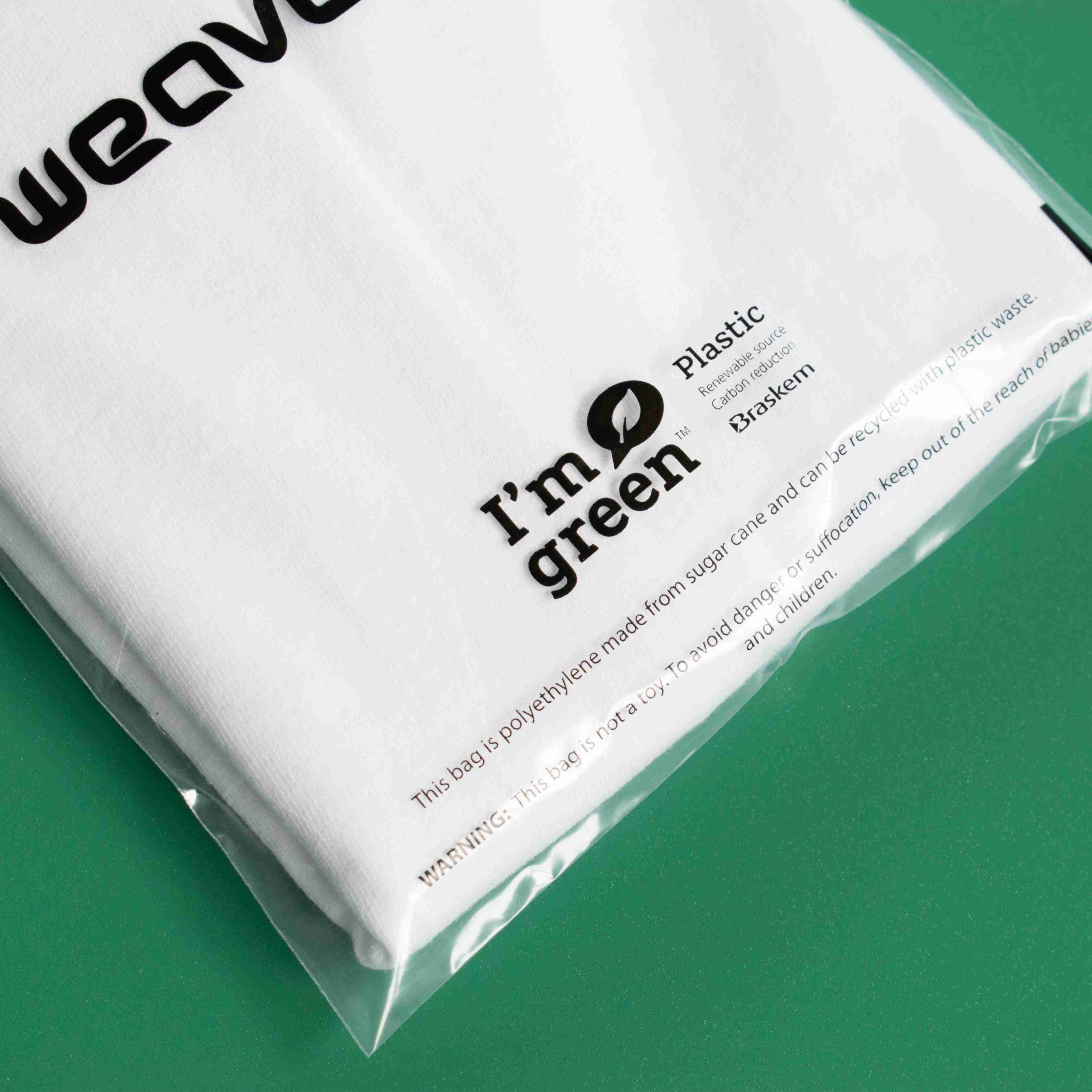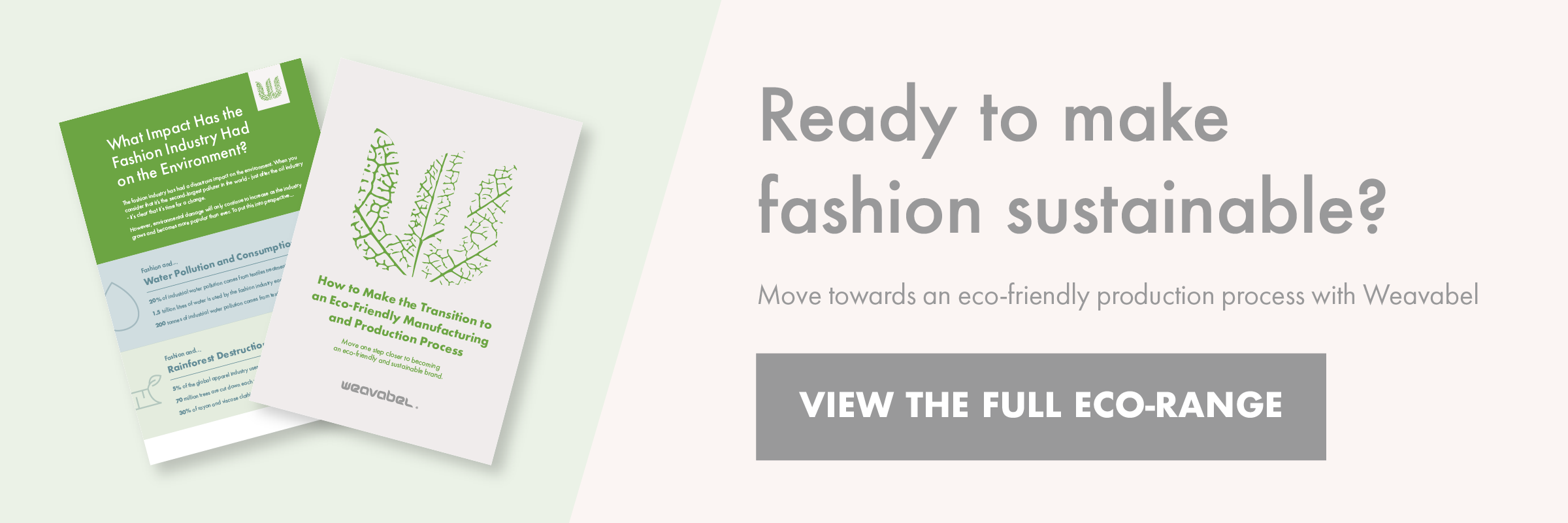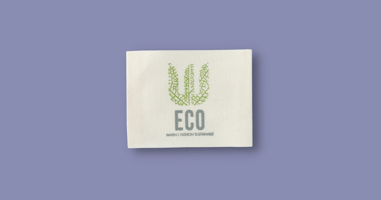The Hidden Benefits of Vegetable Inks and Why You Should Be Using Them
Garment branding is going green. We’ve answered all of your questions about using vegetable ink to create luxury tags and labels.

The fashion world’s approach to sustainability is changing. New production methods are being used. New eco-friendly materials are being sourced. Consumers are more aware than ever of the impact their fashion choices have on the environment. They’re aware of how brands should be limiting their impact.
One simple but important step towards becoming more sustainable is to use vegetable inks.
These are created from the growing of vegetables and crops to create printing ink. They present a more sustainable option for fashion brands when printing labels, tags and other garment branded trims.
We’ve compiled information on what vegetable inks are, their hidden benefits and why you should use them.
- The Benefits of Vegetable Inks
- Why You Should Be Using Vegetable Inks
- The Problems of Petroleum-Based Inks
- The Easy Guide to Sustainable Garment Branding
The Benefits of Vegetable Inks
Vegetable Inks Are Renewable
Petroleum comes from crude oil, a harmful finite resource. In contrast, vegetable and soy-based inks are a cash crop that are renewable and help to fix nitrogen to the soil in their growing process. These help to keep farmland healthy and fertile.
Vegetable Inks Are Easily Recycled
These inks are incredibly easy to remove during the de-inking process. What this means is that less energy is required to recycle each item, resulting in a smaller environmental impact.
Naturally, vegetable inks and luxury eco-friendly packaging work very well together. Combining the two products means your garment tags and labels will have a minimal footprint, especially if those tags and labels are biodegradable. Soy-based inks, a type of vegetable ink, are easily removed from paper and other materials during the recycling process.
Use vegetable inks with Forest Stewardship Council (FSC) approved paper and you have a winning sustainability combination.
Vegetable Inks Release Less Pollution
Petroleum-based inks can emit around 25 to 40% of VOCs (Volatile Organic Compound) when they dry. VOCs can detrimentally affect the health of biodiversity and human life. Compare this to soy-based in vegetable inks, which have rates as low as 4%, and you’ve got a much better product for the environment.
Vegetable inks are cost-effective
Because of its natural clarity, less ink is needed to create a beautiful image. This decreases prices.
The Problems of Petroleum-Based Inks
In the past, the majority of printing was done with petroleum-based inks. These inks are cost-effective and fast-drying. This appealed to many people but it’s only in recent years that we’ve realised the benefits don’t outweigh the costs.
Petroleum-based inks not only contribute directly to CO2 emissions in their creation, but they also have the secondary detrimental impact of containing heavy metals such as cadmium, lead and mercury. These are both harmful to the environment and to human health.
Vegetable inks don’t have this impact.
Consumers Want More Sustainable Spending Habits
Vegetable inks are another step in creating sustainable retail practices. They prove that through improved innovation, sustainability and quality are not mutually exclusive. Rising trends in consumer behaviour means that brands need to provide sustainable options for their customer base.
In a survey of over 1,000 consumers from the US and UK, 88% were found to want to make a difference through their spending habits. The amount of Google searches for ‘sustainability’ and ‘eco-friendly’ have been steadily rising since 2004.
Customers today will purchase products with legitimate sustainability claims.
Vegetable inks offer a high quality final product, one that can promote visual consistency for your brand. When it comes to printing for garment trims, whether it’s tags, labels or packaging, there’s a plethora of options to choose from. It’s understandable if you’re not sure where to begin.
Luckily, we have a resource to help with that.
The Easy Guide to Sustainable Garment Branding
Our guide covers consumer trends, inspiration from brands who have adopted sustainability initiatives, and even more statistics on why it’s important to make the switch to greener business practices.
Using this guide, you’ll be able to go over lots of helpful information to get you started on your journey to sustainability.
Click the link below to download your free copy.









